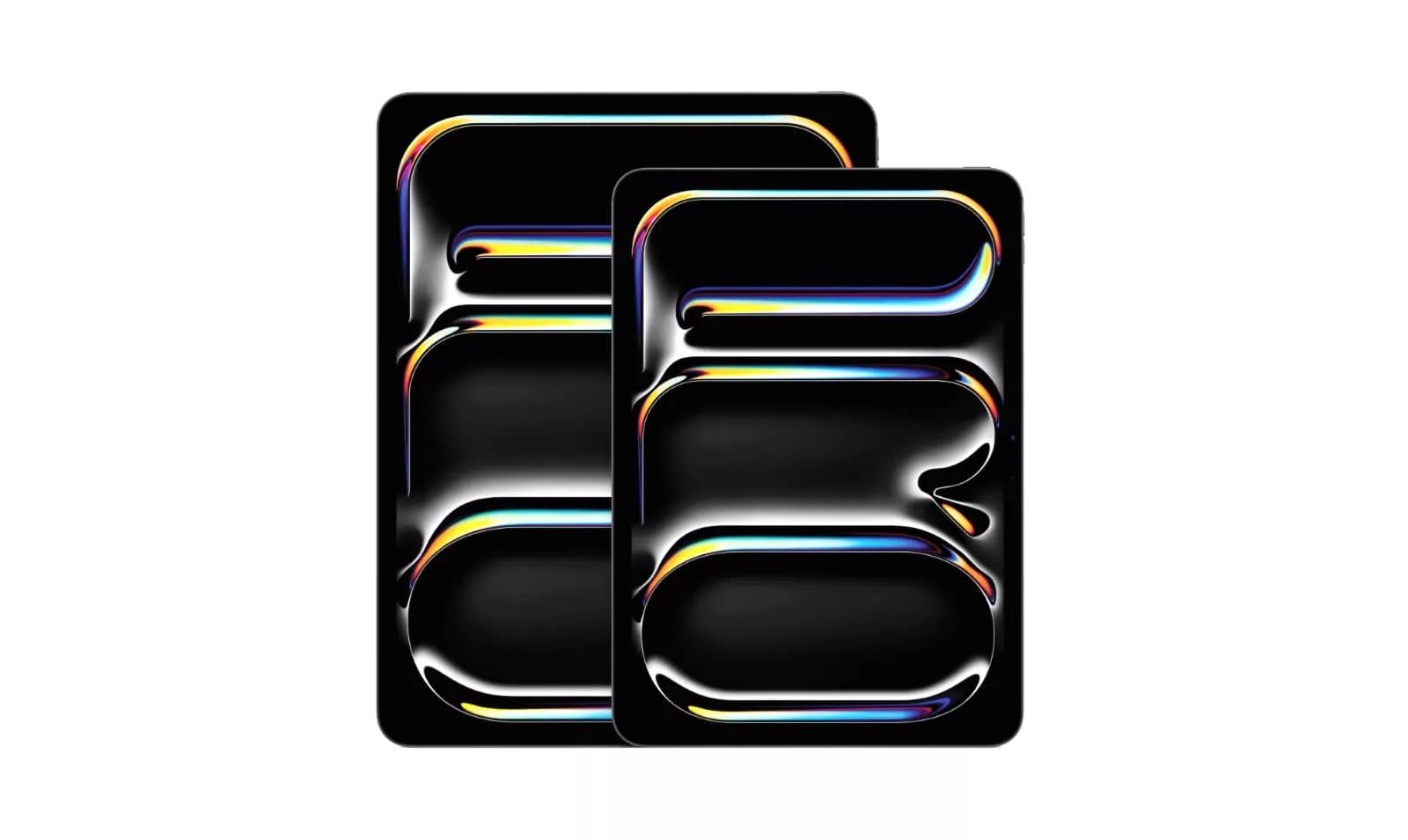A new iPad Pro is on the way for content creators, and even folks who just want the best, as Apple details remarkably thin iPads with new chips, new screens, and new accessories, too.
There’s a whole heap of new inbound for folks who love themselves a new iPad, as Apple talked up what was coming for the iPad Pro line this week.
It was largely expected — Apple announced its event a couple of weeks ago, and while the rumour mill had been ramping up for new iPads for a few months, the confirmation was in the artwork for this event, showing an Apple Pencil and plenty of colours. That alone was enough to scream “iPad”, and possibly a new Apple Pencil and changes to the iPad screen technology.
And that is what we seem to be getting, but a new screen and new accessory aren’t all Apple is announcing for the 2024 edition of the iPad Pro.
It’s been over a year since Apple made changes to iPad Pro, something that normally comes with a yearly update, so what’s new and exciting in the latest model?
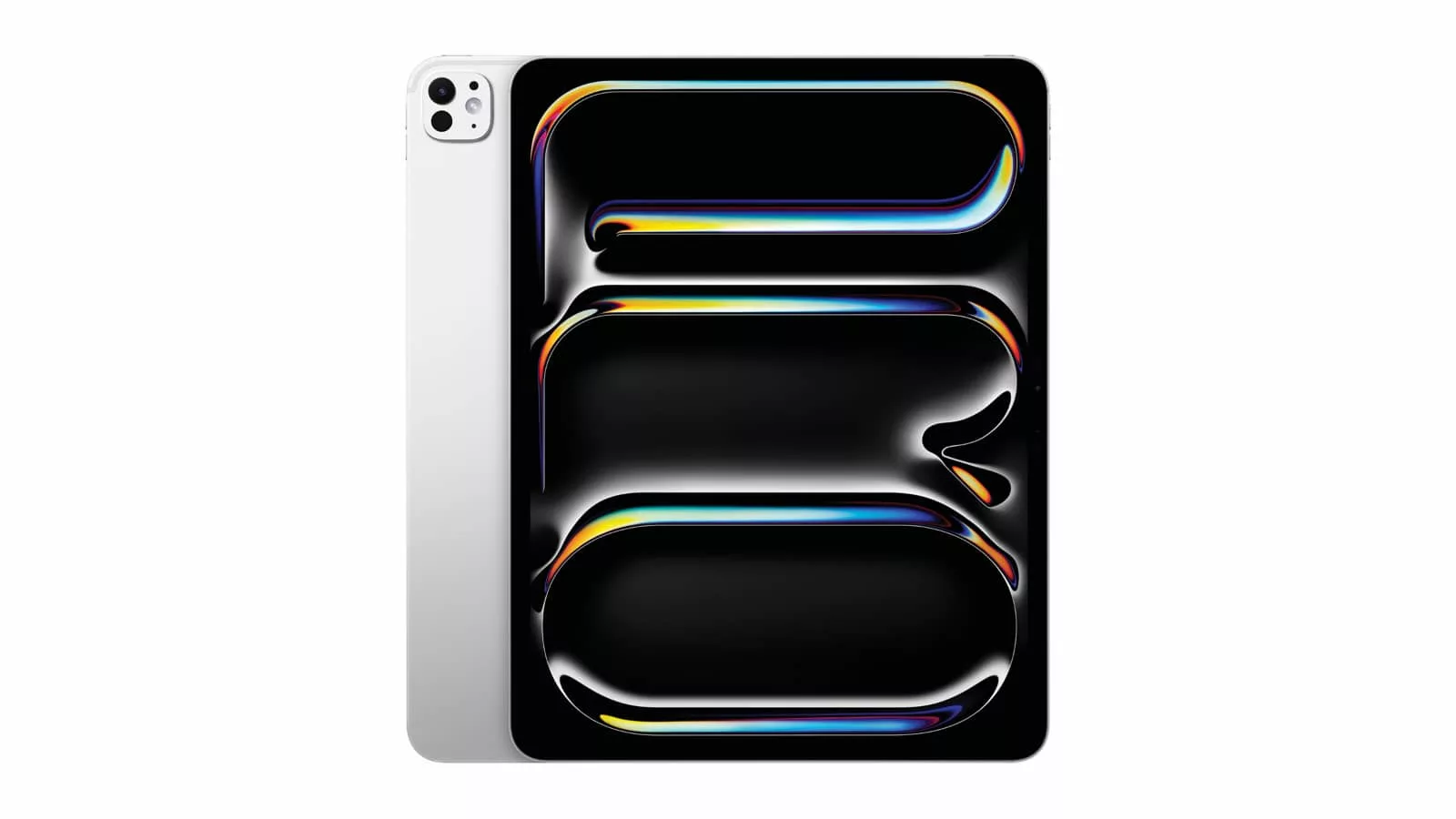
New chip
Let’s start with what beats in the heart of the thing: the chip.
Apple made an announcement about a new one of those this week with the launch of the M4 Silicon, and the iPad Pro is the only place initially to see that chip in action.
It’ll see up to 10 cores for the CPU, offering 9 if you opt for an iPad Pro with either 256GB or 512GB of storage, or the full 10 if you get a 1TB or 2TB model, while the graphics will offer a consistent 10 cores regardless of the model you pick.
That new chip boasts improvements to power, to graphical capabilities, and to AI, with the M4 apparently able to deliver the same level of performance as the previous M2 chip using half the power. And that’s not all.
The M4 will deliver new AI capabilities thanks to a faster engine, able to talk to both local on-device AI apps and those in the cloud, supporting CoreML in iPadOS (handy for developers), generative AI models, and more. Apple hasn’t talk about AI features as much yet, though we suspect we’ll hear more at the Worldwide Developers Conference later this year.
New screen
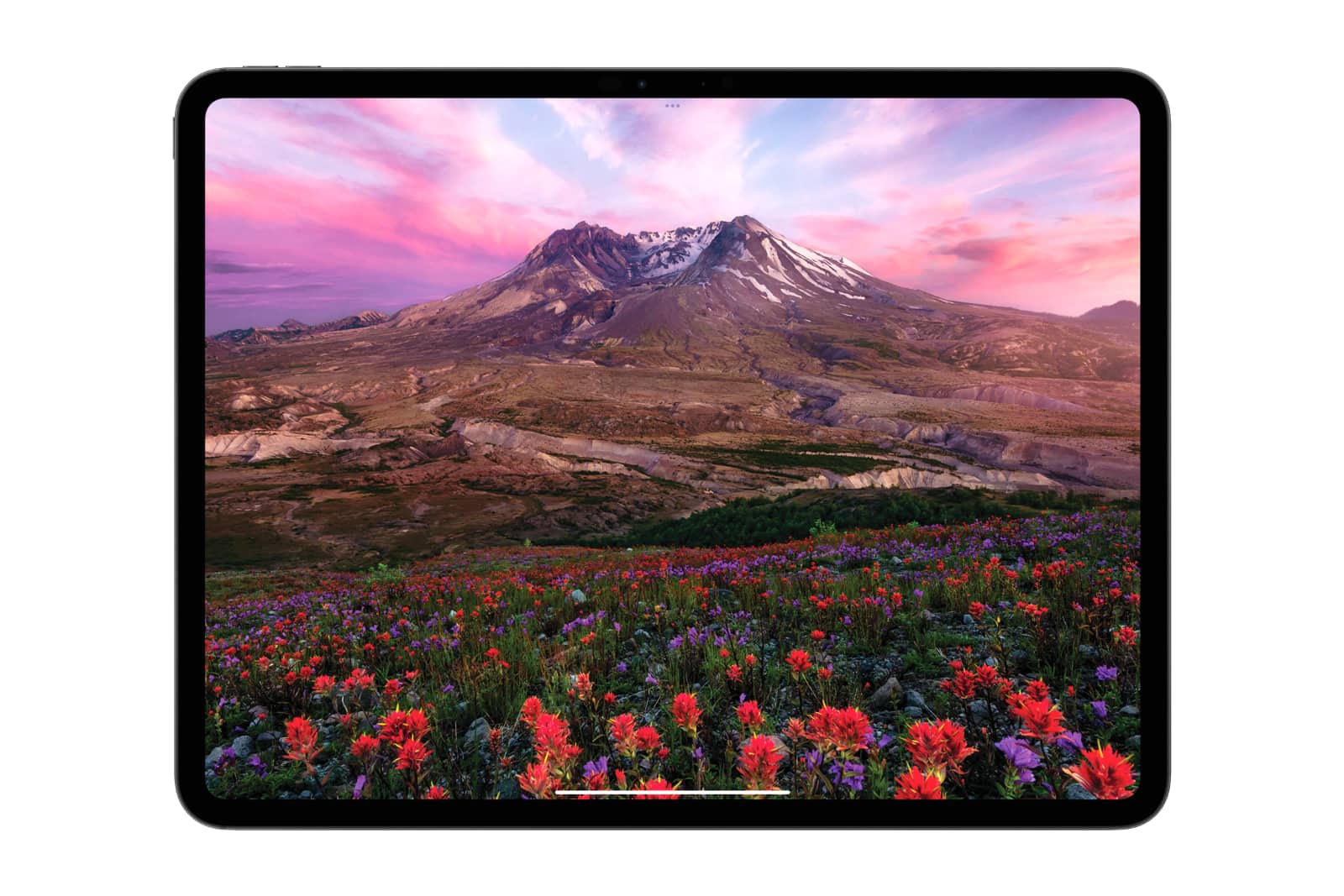
It’s not just a new chip, though; you also get a new screen, and it’s a little different from what we were expecting.
We anticipated an OLED screen to be used in the iPad Pro range, largely because Apple had gradually been inching its way there. The last generation used Mini-LED, which is a great technology, but can lack the same richness of black from organic LED panels, a technology you can see on the iPhone.
Samsung offers several OLED tablets on the market, notably in the Galaxy Tab S9 Ultra, so Apple ideally should have one in its high-end tablet, as well.
This year it does, but it seems to go further than providing just an OLED screen. Rather, there are technically two OLED screens used in the iPad Pro, both of which are stacked on top of each other to provide improvements to brightness, resulting in a tandem OLED tech.
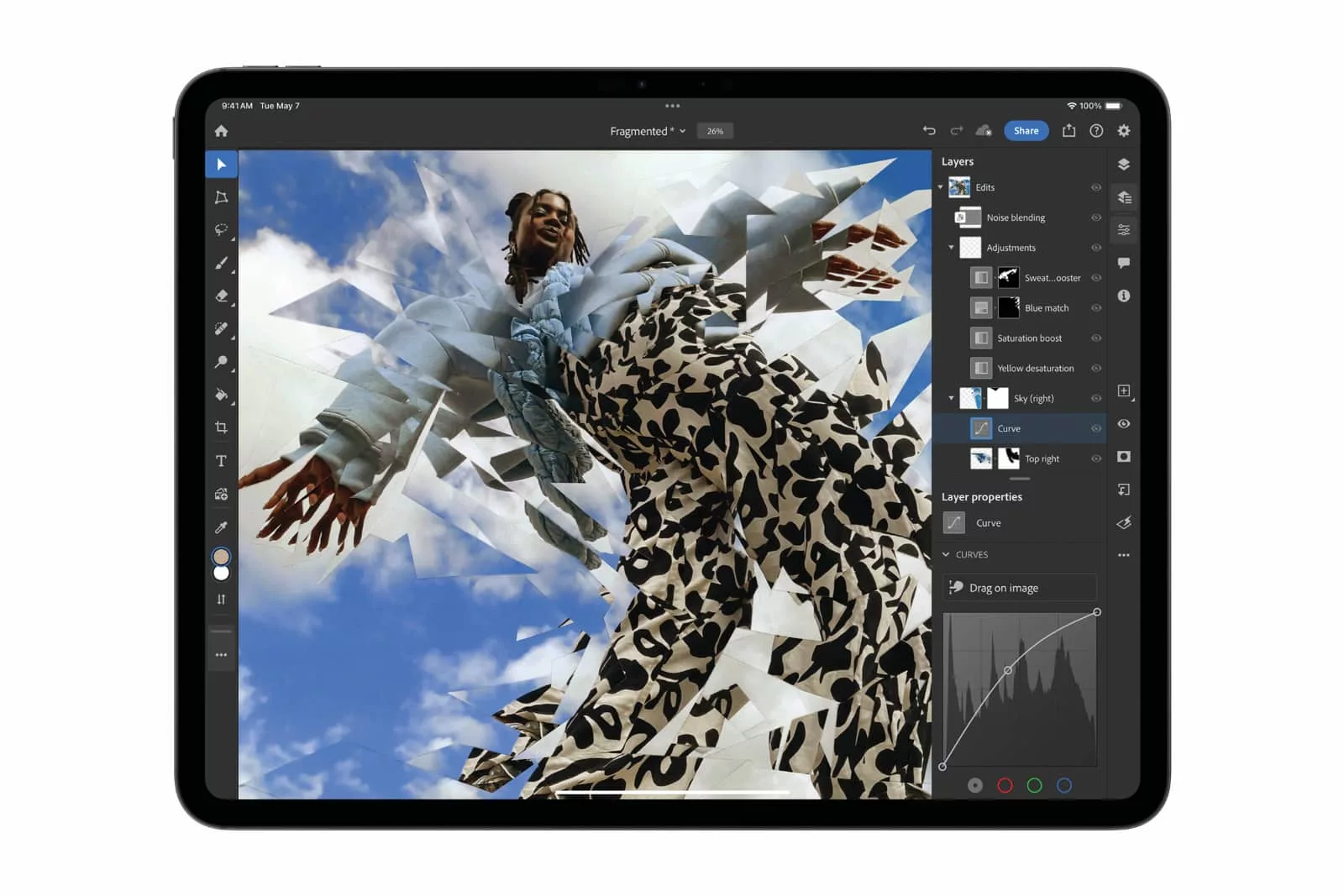
Officially, Apple calls its tandem OLED panel the “Ultra Retina XDR”, with the technology going further offering more control over the luminance of each pixel, improving the colour and detail in the shadows, and possibly also providing better power consumption due to the OLED state where black pixels are technically off.
We’ll be curious how the OLED panels handle glare as they’re not always know for being great with that, but Apple has a fix with an optional extra for the iPad Pro in the form of nano-texture glass, an addition that scatters ambient light and aims to deal with glare accordingly. That sounds a little like what Samsung unveiled in a recent OLED TV model, only made to be portable and in your hand.
New cameras
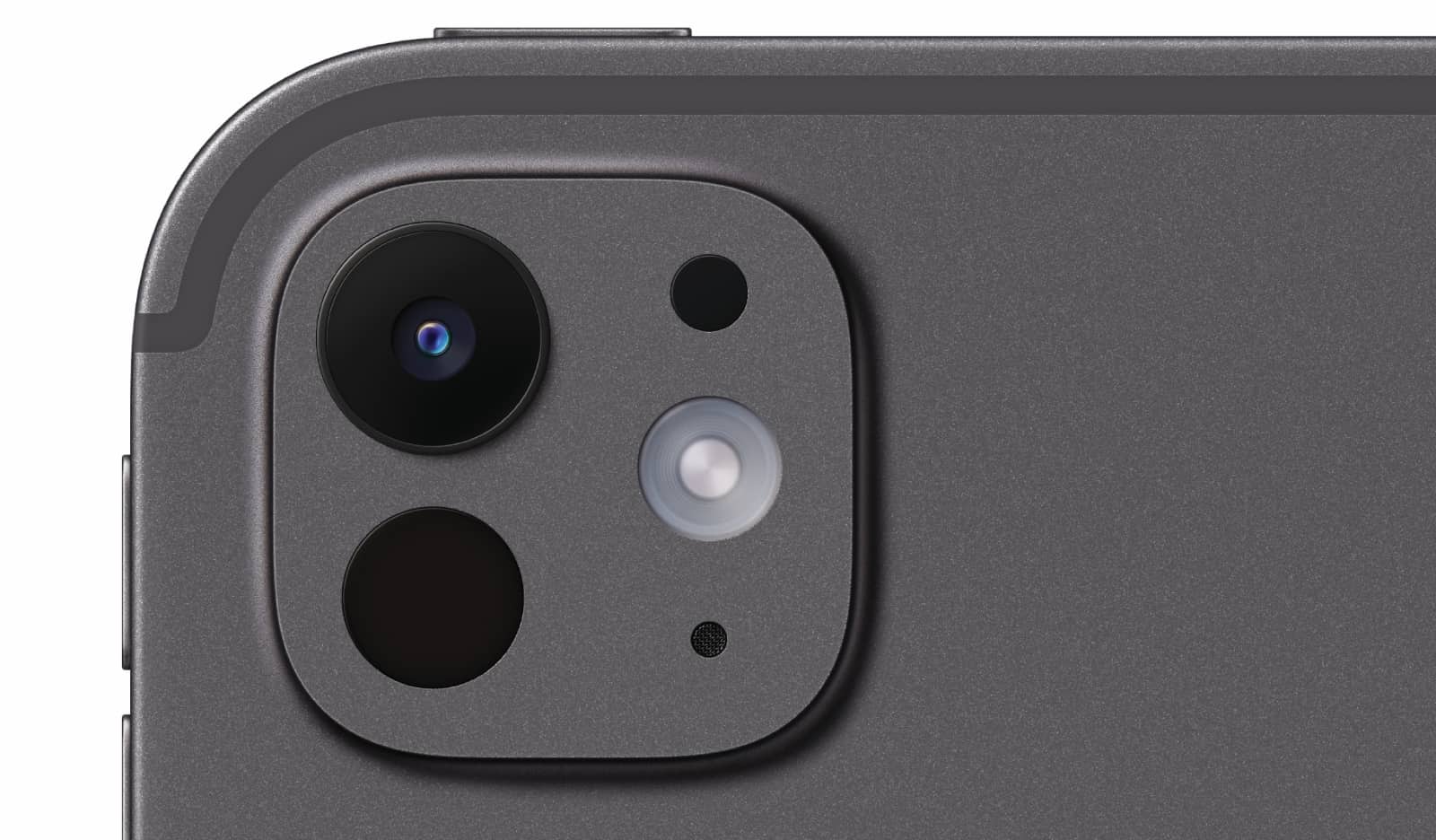
If a new screen and chip wasn’t enough, how about some new cameras? Yep, they’ve been changed, too. You’ll still find a 12 megapixel camera on the front and back, but they’re now better across the board. Interestingly, there is one less camera on the back of the new iPad Pro, as the 10 megapixel ultra-wide says goodbye, possibly to make way for camera improvements from one dedicated iPad camera.
As such, the one rear camera supports improvements to colour, texture, and low light, and includes a True Tone flash that can make document scanning better by matching the paper instead of blinding it, and umay take several shots and stitch them together with AI for a better document scan.
You could also use the 12 megapixel 4K-ready camera of the iPad Pro for video — you could before — though it now has four studio-quality mics working together with it, making it more of an all-in-one filmmaking device. Technically, that’s one less mic than last time, but like the camera reduction, it may not matter. Basically, it seems as though Apple is going for a marriage of capabilities in the camera and microphone area, and that may well be fine.
Meanwhile, the 12 megapixel camera up front moves to a new location, sitting on the landscape edge. That’s largely to make videos better in video conferencing, particularly when the iPad is attached to a keyboard case.
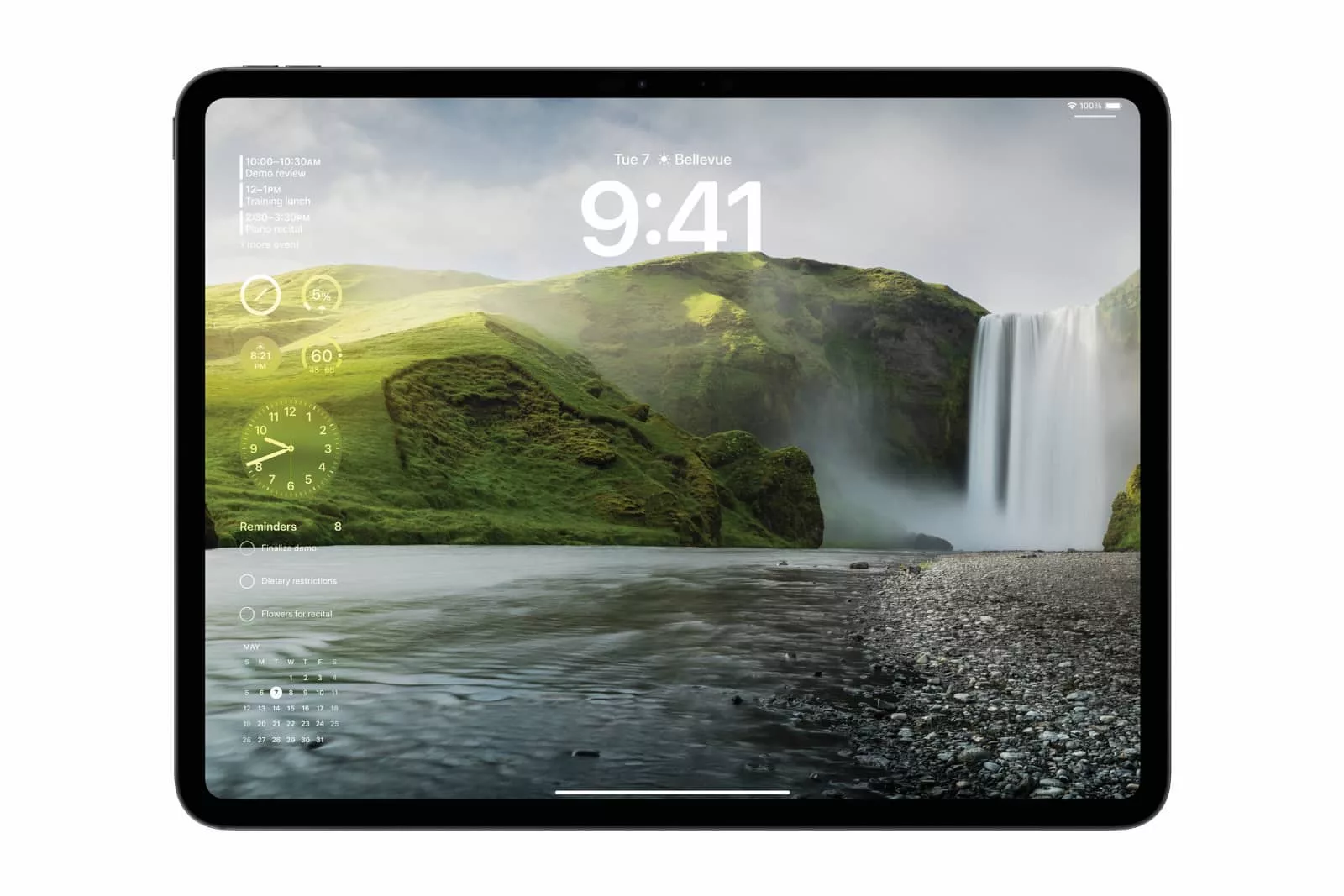
New dimensions
All of this “new” comes in a new case, which isn’t to say the iPad Pro has been redesigned, but rather put on a diet.
Simply put, the 2024 iPad Pro will look a lot like the 2022 iPad Pro, except it’s thinner, to the tune of over one millimetre.
By comparison, the 2024 13 inch iPad Pro will measure 5.1mm thin and weigh 579g for the WiFi model or 582 for the WiFi/5G model, while the 12.9 iPad Pro M2 model is 6.4mm and 682g/684g respectively. Thinner and lighter, properly so.

It’s a little less pronounced in the 11 inch model, with the M4 iPad Pro measuring 5.3mm versus the 5.9mm of its M2 iPad Pro predecessor. The weigh is less of a jump, however, with a saving of only 22 grams in the 444g WiFi M4 11 inch iPad Pro and 446g in the WiFi/5G model.
New accessories
A new device means new accessories, and there are some of those there.
You’ll find support for USB-C and Thunderbolt 3 connectivity from the Type C port at the bottom, as well as WiFi 6E (which was on the last model), but there’s also a new thinner Magic Keyboard with an aluminium palm rest, a larger trackpad, and a row of function keys at the top, too. It kind of sounds like Apple has made the excellent keyboard from its MacBook models into a portable keyboard of sorts for its iPad Pro. Handy.
Worth noting is the older Magic Keyboard may not be compatible with the newer iPad Pro, so if you have an old one and are keen to upgrade, you may need to spend extra on a keyboard, too.
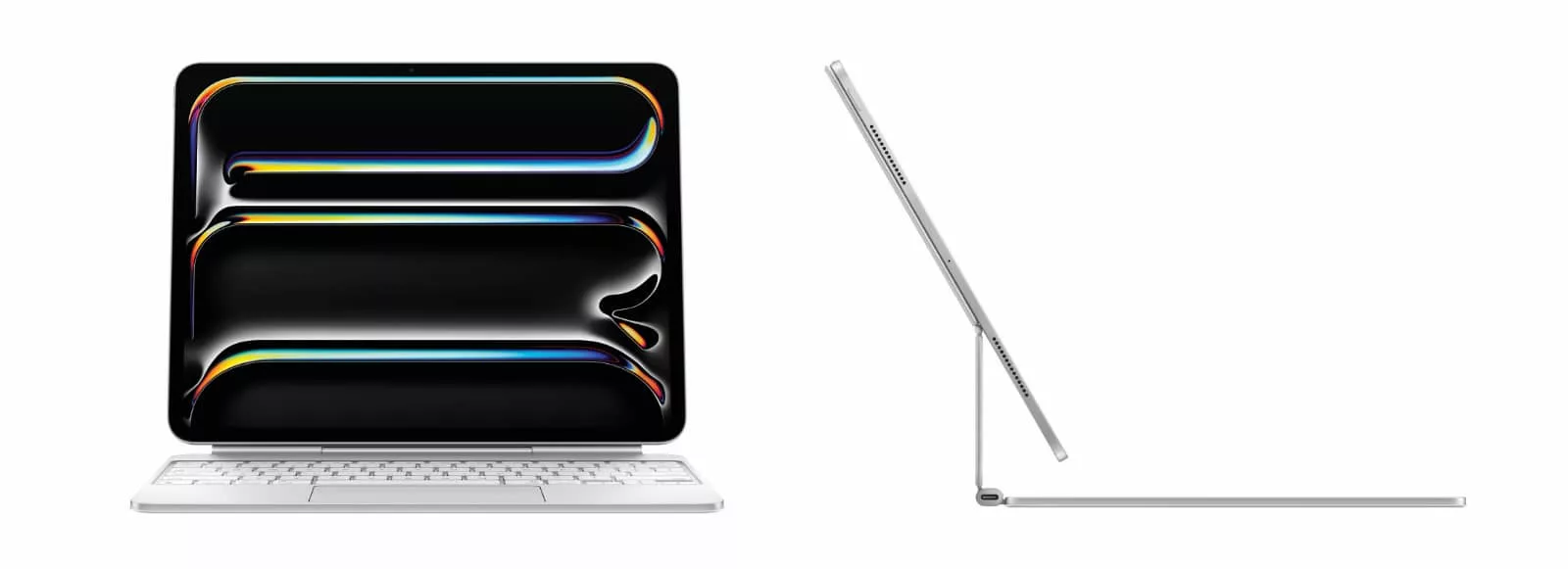
There’s also a new Apple Pencil model made to match, as the Pencil becomes the Pencil Pro. It is actually different from the current (or older) Apple Pencil, and includes a sensor on the barrel that can be squeezed for option controls to change colours, on-screen weights, and so on, as well as a gyroscope to more precisely impact how the pen interacts with the screen.
In short, Apple’s Pencil Pro is more like the pencil evolved to be a pen, pencil, paintbrush, and more, possibly making it a creator’s dream.
Interestingly, though, the Pencil Pro is different in another way: it is compatible with the M4 iPad Pro, while the original Pencil is not.
We’re not entirely sure why and are rushing to confirm, but Apple will support the USB-C Apple Pencil it released last year on the new Pro model. Our guess is the regular Pencil is being retired to make way for calling the USB-C model the “Apple Pencil”, with the Pencil Pro being the other model for the high-end crowd.

New pricing
Unfortunately, one thing has changed for the worse: the pricing, with the new iPad Pro more expensive than the last generation. The same was also true with the generation before that.
To put that into perspective, the M2 iPad Pro started from $1399 for the 11 inch and $1899 for the 12.9 inch, while the new M4 iPad Pro starts from $1699 for the 11 inch and from $2199 for the 13 inch. We’re clearly in laptop pricing territory here, with the iPad Pro models pushing up against MacBook Air models quickly.
That could be a factor made worse by a lower Australian dollar, or it could even be that there’s more techonlogy in this model. It’s difficult to know, though we will find out.
If the price isn’t a deterrent, you can expect to the find both the 11 inch and 13 inch models online and in stores in Australia from May 15, alongside their new accessories, including the $219 Apple Pencil Pro, the existing $139 USB-C Apple Pencil, a $129 Smart Folio case, and the newly designed Magic Keyboard for iPad Pro, available for the 11 inch at $499 and $579 for the 13 inch variation.
